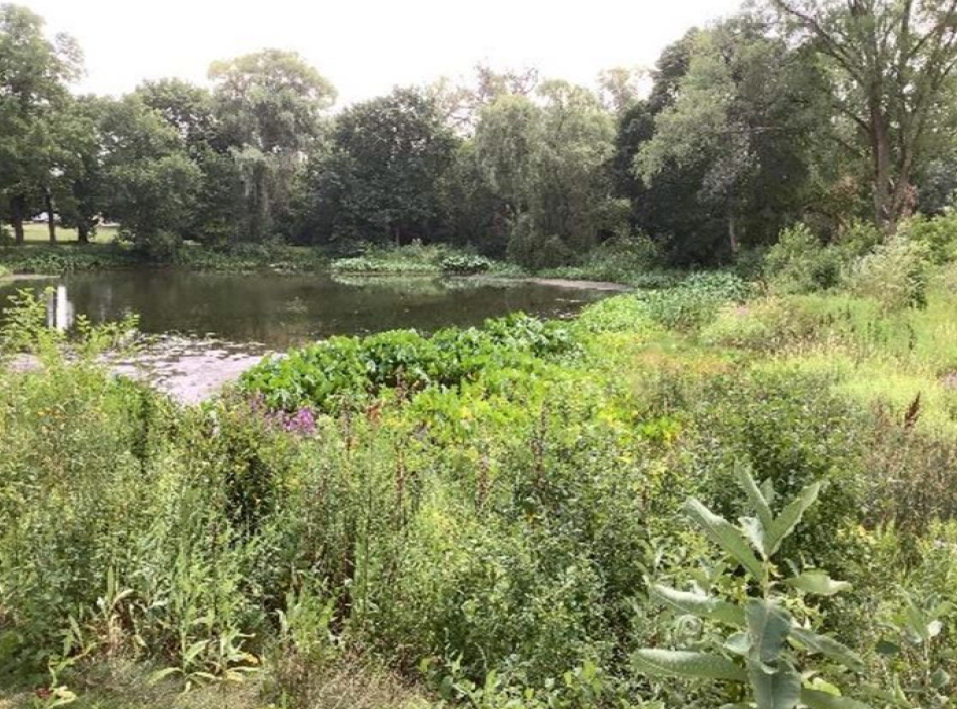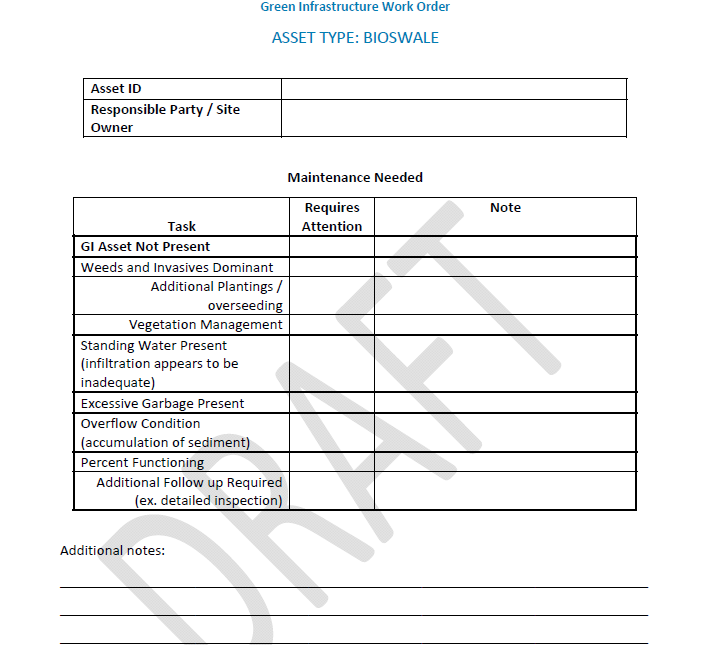The Milwaukee Metropolitan Sewerage District (MMSD) partnered with service area landowners to install green infrastructure devices through the Green Infrastructure Partnership Program (GIPP). The program was established to help MMSD reach its goal to “implement 10 million gallons of green infrastructure annually” and achieve Total Maximum Daily Load (TMDL) compliance.
Because the program is publicly funded, the District is responsible for monitoring participant compliance with GIPP contractual obligations, which includes the implementation and maintenance of the GI facilities for which they receive funding.
The District partnered with R/M to support their efforts in monitoring GI assets funded by the GIPP, including:
Establishing a green infrastructure inspection and maintenance program to assess the existing state of GIPP funded GI devices.
Incorporating the District’s Fresh Coast Fresh Start (FCFS) workforce development program and Water 365, LLC into the inspection process.
National Green Infrastructure Certificate Program & Fresh Coast Fresh Start
R/M partnered with Water 365, LLC to train students and participants in FCFS using the National Green Infrastructure Certification Program (NGICP). Participants received classroom instruction on green infrastructure facility types, maintenance methods, and the inspection process.
Inspection Training
R/M and FCFS Students in the Field
Program participants also trained with R/M inspectors in the field and gained hands-on experience inspecting green infrastructure. Those who complete the NGICP training will be prepared to complete professional green infrastructure inspections in the future.
Inspection Process and Data Collection
In preparation for field inspections, R/M worked with landowners to coordinate the inspection schedule and make arrangements for site access when necessary. Ultimately, the project team completed visits to 347 green infrastructure device assets, including green roofs, permeable pavement, bioswales, rain gardens, rainwater catchments, wetlands, and native landscaping.
Permeable Pavement
Native Landscaping
Sample Work Order Form
R/M used tablets for data collection and ArcGIS Online to map GI assets. From the exported inspection data, we assessed asset conditions and assigned an assessment score used to classify the assets into categories of maintenance needs.
To further aid MMSD in guiding landowners through asset maintenance requirements, R/M developed work order templates that included maintenance categories and cost estimates for each asset type.
These templates were developed using information from the MMSD Fresh Coast Guardians Green Infrastructure Operations and Maintenance Standards Guide, MMSD survey inspection forms, resources from the Environmental Protection Agency, and R/M resources/professional knowledge.
District Wetland
Program RecomMendations
R/M compiled a summary report of findings and recommendations for the district. These recommendations were developed using the information gathered during the asset inspections, feedback from and interactions with NGICP/Fresh Coast Fresh Start participants, and R/M’s professional experience.
Recommendations for GI Inspection Forms
Update inspection forms to include more clearly defined terminology surrounding the performance and condition of GI devices
Edit inspection form questions to reflect MMSD’s GI Operations and Maintenance Standards Guide
Create Condition of Asset scoring parameters for all assets
Recommendations for GIS Mapping
Update asset locations based on inspection flags
Change the functionality of single assets with multipoint features to allow each feature to link to a separate inspection form rather than a single inspection form for the asset as a whole
The overall inspection process was seamless thanks to the open communication and genuine partnership between MMSD, Water365, FCFS participants, and R/M staff. GI inspections were completed efficiently and under budget.
R/M’s recommendations will help the District continue to run a successful GI inspection and maintenance program and allow them to further synchronize field data collection, provide clear instructions for new GI inspection staff, and standardize inspection results,
LEARN MORE
If you have questions or would like to learn how your community can streamline your green infrastructure device inspection process, please contact one of our experts today.










